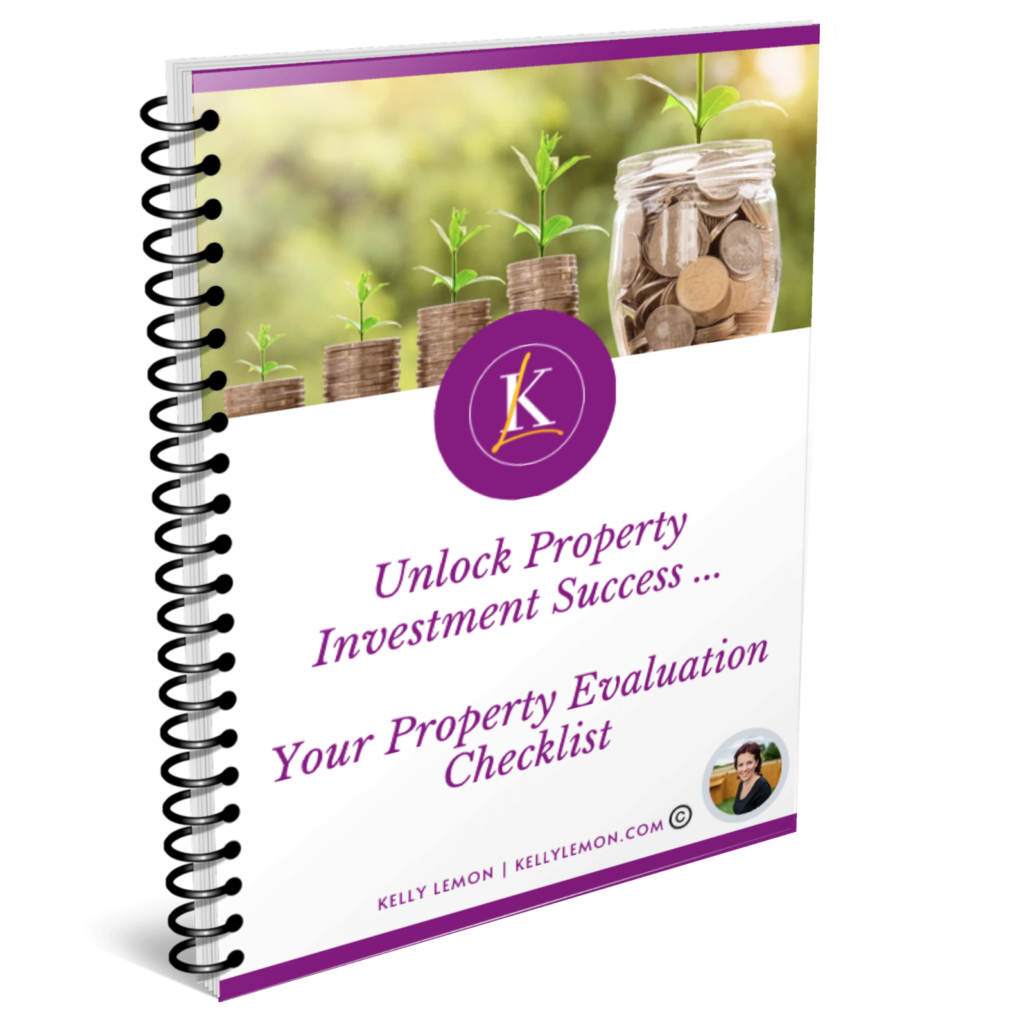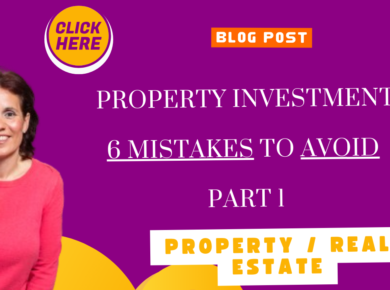Property investing is often portrayed as the golden ticket to financial freedom. Flick through any magazine or browse online, and you’ll see stories of investors turning small deposits into booming portfolios. But what’s often missing from these polished narratives are the real costs involved in property investment—the ones that don’t get talked about nearly enough.
Over my 20+ years of building my own portfolio, I’ve learned that the hidden costs of property investment can quickly add up. If you’re not prepared, they can erode your returns and create unnecessary stress. So, let’s pull back the curtain on what it really takes to invest in property and how to navigate these challenges.
1. Stamp Duty and Transaction Costs
When you buy a property, the price you pay is just the start. Stamp Duty Land Tax (SDLT) is often one of the biggest upfront costs for property investors in the UK. If you’re purchasing a second property, you’ll face an additional 3% surcharge on top of standard rates.
For example, on a £300,000 property, the additional 3% alone adds £9,000 to your costs. That’s before you factor in solicitor fees, survey costs, and mortgage arrangement fees, which can easily add another few thousand pounds. And it doesn’t stop there. Recent changes introduced by Labour have increased the Stamp Duty burden further for property buyers. This is a stark reminder of how government policies can significantly impact your investment strategy. Whether it’s higher tax rates, stricter regulations, or unexpected policy shifts, these changes can dramatically alter the financial landscape for investors.
“The only constant in life is change.” – Heraclitus
As property investors, it’s crucial to stay informed about these changes and adapt your plans accordingly. Ignoring the political and economic climate can lead to costly surprises.
2. Renovation and Unexpected Repairs
Adding value through renovations is one of the most popular strategies in property investment. While it can yield great returns, it’s rarely as simple—or as cheap—as it seems.
I’ll never forget the time I bought a property with plans for a quick refurbishment. What started as a straightforward kitchen update turned into rewiring the entire property after an electrician uncovered dangerous old wiring. The unexpected cost? £8,000—completely unplanned.
“Expect the unexpected” isn’t just a saying; it’s a rule in property investing.
Always include a contingency fund in your renovation budget. I recommend setting aside at least 10-15% of your total renovation costs for unforeseen issues.
3. Ongoing Maintenance Costs
Once your property is up and running, you’re not off the hook financially. Wear and tear is inevitable, and maintenance costs can eat into your cash flow if you’re not careful. From a leaking roof to boiler replacements, these expenses can arise at the most inconvenient times.
I once dealt with a landlord who was happy to collect rent every month but refused to carry out necessary repairs. They didn’t see why they needed to reinvest in the property, even when tenants were raising valid complaints. I had to explain that offering a service—whether it’s renting out a property or running a business—means fulfilling your obligations. You can’t expect to have your cake and eat it too.
For me, I’ve learned that regular maintenance is far cheaper than waiting for something to break. For instance, a simple annual service for a boiler might cost £100, but replacing it could set you back £2,500.
“An ounce of prevention is worth a pound of cure.” – Benjamin Franklin
Build a maintenance fund into your annual budget to handle these recurring costs without stress. It’s not just about protecting your cash flow—it’s about providing a good service to your tenants and protecting the long-term value of your asset.

4. Compliance and Regulatory Costs
The UK property market is heavily regulated, and staying compliant as a landlord can be costly. From energy performance certificates (EPCs) to gas safety checks and licensing for HMOs, there’s a long list of legal requirements you’ll need to meet.
HMOs (Houses in Multiple Occupation), in particular, have become very red tape-heavy. With stricter regulations around fire safety, room sizes, and licensing, the costs of compliance have risen sharply in recent years. These costs aren’t optional—they’re essential to operating legally, and failure to comply can result in significant fines or even being barred from renting properties.
When I first started investing, the compliance landscape was simpler. Now, with Net Zero targets and stricter energy efficiency standards, landlords face even more costs to upgrade properties. For example, improving insulation or replacing windows to meet new EPC requirements can run into thousands.
Stay ahead of regulatory changes by regularly reviewing your portfolio and setting aside funds for upgrades. Ignoring compliance isn’t just expensive—it’s illegal.
5. Financing Costs Beyond the Mortgage
Most investors understand that mortgage repayments will be a significant monthly cost, but many overlook the additional fees tied to their financing. Mortgage arrangement fees, valuation fees, and even early repayment charges can quietly chip away at your returns.
One aspect that’s often underestimated is the cost of hiring professionals. Solicitors, accountants, and surveyors play an essential role in the process, but their fees can quickly add up. Many of these professionals are VAT-registered, which means you’re often paying an extra 20% on top of their quoted rates.
One investor I worked with was caught off guard when they had to refinance a property earlier than planned, triggering a £5,000 early repayment penalty. These kinds of costs aren’t glamorous to talk about, but they’re very real.
Read the fine print on your mortgage terms and factor professional fees into your investment plan. A good solicitor or surveyor is worth their fee, but always budget for these costs to avoid surprises.
6. Void Periods and Tenant Issues
When calculating rental income, it’s tempting to assume your property will be occupied 100% of the time. But void periods—those weeks or months when a property sits empty—are a reality every investor faces. Add to that the risk of late payments or tenant damage, and your rental income can take a hit.
This is particularly true for HMOs, where tenants are often more transient. High turnover rates mean you’ll not only face void periods but also incur costs to repair and refresh rooms. It’s not uncommon for tenants to leave rooms needing work, and deposits often don’t cover the necessary expenses. For landlords, these additional costs can quickly add up.
Always account for void periods in your cash flow projections. I recommend setting aside 1-2 months’ worth of rent annually as a buffer.
7. The Cost of Your Time
Finally, there’s a cost that’s often overlooked: your time. Managing properties, chasing contractors, or dealing with tenant issues can take up more time than you realise, especially if you’re not outsourcing. For me, this is one of the reasons I set up a lettings agency—to reclaim my time while ensuring my properties are managed professionally.
“Time is the one thing you can’t get back, so spend it wisely.”
Be realistic about how much time you’re willing to dedicate and consider outsourcing tasks that don’t require your direct involvement.

Planning for the Hidden Costs
The hidden costs of property investment can feel overwhelming, but they don’t have to derail your goals. The key is preparation and planning. By understanding the full picture and building a contingency fund into your strategy, you’ll be better equipped to handle surprises.
To help you prepare for these hidden costs and more, I’ve created a Property Investment Checklist. Download it now to make sure you’ve covered all the bases before your next investment.
Join My Community
Navigating the complexities of property investment is easier when you’re part of a supportive community. Join my email list for exclusive tips, insights, and resources to help you succeed in building your portfolio.
Final Thoughts
Property investment can be incredibly rewarding, but it’s not without its challenges. By understanding the real costs involved—from stamp duty and maintenance to void periods and your own time—you can make smarter decisions and avoid costly surprises.
Remember, the more prepared you are, the more resilient your investments will be. And if you’re ready to take your next step, download my checklist and join my community for ongoing support.











